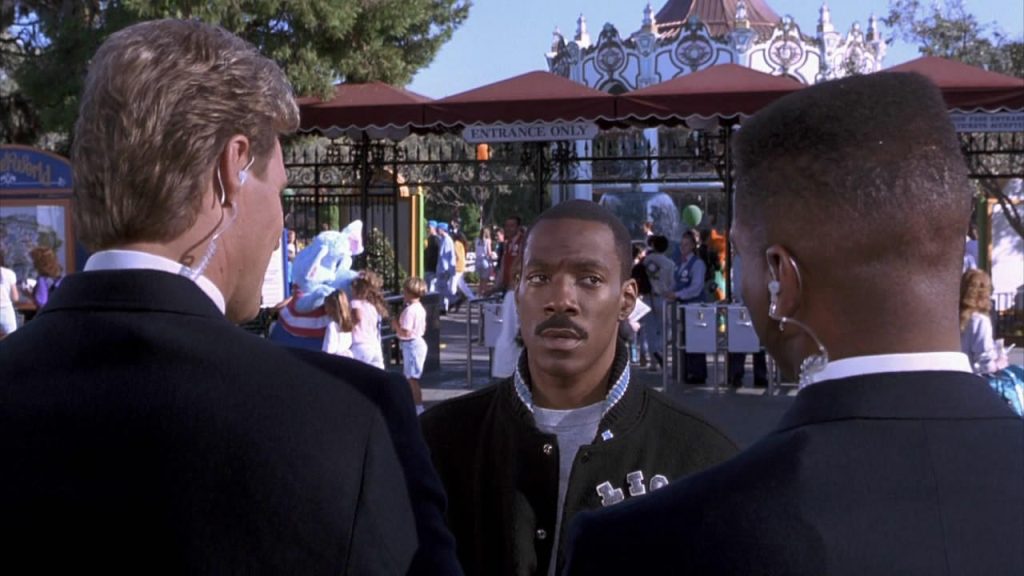Reevaluating Iconic Roles: A Closer Look at Tom Hanks in “Forrest Gump”
In history, certain performances are heralded as benchmarks of acting prowess, becoming almost sacrosanct in the eyes of critics and audiences alike. Tom Hanks’ portrayal of the titular character in Robert Zemeckis’ 1994 film, “Forrest Gump,” stands as one such performance. Hanks’ embodiment of Gump, a man with a low IQ navigating the tumultuous waters of American history with innocence and unwavering kindness, earned him the Academy Award for Best Actor. While there’s no denying Hanks’ talent and dedication to the role, a deeper examination raises questions about the extent of the acclaim and whether the performance, when dissected, might be considered overrated in the context of film and acting achievements.

The Heart of “Forrest Gump”: Hanks’ Performance
“Forrest Gump” is a film that hinges on the central performance of Tom Hanks. Hanks brings Forrest to life with a gentle demeanor, a distinctive Southern accent, and a physicality that convincingly portrays the character’s naivete and purity of heart. The film’s success, both commercially and critically, was inextricably linked to Hanks’ ability to elicit empathy for Forrest, making audiences root for him through various historical and personal upheavals.
The Complexity Behind Simplicity
Hanks’ portrayal has been lauded for its simplicity and earnestness, key traits that align with Forrest’s character. However, this simplicity raises questions about the depth and complexity of the performance. Critics and some viewers argue that the role, while demanding in its requirement for consistent portrayal across different ages and circumstances, does not showcase the range of emotional depth or transformation often associated with “great” acting. Forrest remains fundamentally the same throughout the film, with his worldview only minimally challenged or evolved by the events he experiences. This constancy, while central to the character’s charm, limits opportunities for Hanks to explore a wider emotional and psychological range.
Behind the Scenes: The Making of Forrest Gump
Delving into the production of “Forrest Gump” offers insights that can inform our understanding of Hanks’ performance. Directed by Robert Zemeckis and based on the novel by Winston Groom, the film was a technical marvel for its time, integrating Forrest into historical footage and events through cutting-edge visual effects. The meticulous attention to detail in these effects, from the seamless insertion of Forrest into archival footage to the digital manipulation required for Lieutenant Dan’s missing legs, was groundbreaking.
Tom Hanks collaborated closely with Zemeckis to develop Forrest’s character, including the decision to adopt the now-iconic accent based on the voice of Michael Conner Humphreys, who played young Forrest. Hanks also underwent physical training to embody Forrest’s running style, showcasing his commitment to the physicality of the role. These behind-the-scenes efforts highlight the actor’s dedication to authenticity and the creation of a believable character, albeit within the confines of the film’s fantastical narrative.
The Cultural and Critical Divide
“Forrest Gump” and Hanks’ performance have not been without their detractors. Some critics argue that the film, through Forrest’s simplistic perspective, offers a sanitized and conservative view of American history. Within this critique, Hanks’ portrayal is seen as emblematic of the film’s broader approach: an oversimplified lens on complex issues. This perspective suggests that the acclaim for Hanks’ performance may be more reflective of the film’s overall popularity and its emotional resonance with audiences rather than a testament to the actor’s skill in delivering a nuanced or transformative role.
Moreover, the year “Forrest Gump” was released saw Hanks competing against actors in roles with arguably greater complexity and depth, such as Morgan Freeman in “The Shawshank Redemption.” The comparison raises questions about the criteria used to evaluate performances and the weight given to character likability and film success over the intricacies of acting craft.
Reflecting on Legacy and Merit
In reassessing Tom Hanks’ performance in “Forrest Gump,” it’s essential to navigate the fine line between acknowledging the actor’s skill in creating a beloved character and critically examining the depth and challenge of the role itself. While Hanks delivers a performance that is undoubtedly central to the film’s impact and legacy, the portrayal of Forrest Gump may not embody the pinnacle of acting complexity or versatility. This perspective is not to diminish Hanks’ achievements but to foster a broader dialogue on how performances are evaluated and celebrated in the context of cinematic history.
The discussion around Hanks’ role in “Forrest Gump” ultimately contributes to the larger conversation about the nature of storytelling, the role of simplicity versus complexity in character portrayal, and the criteria by which performances are judged. As audiences and critics continue to revisit and reevaluate iconic roles, the discourse will inevitably evolve, reflecting changing perspectives on acting, narrative, and the elements that contribute to




